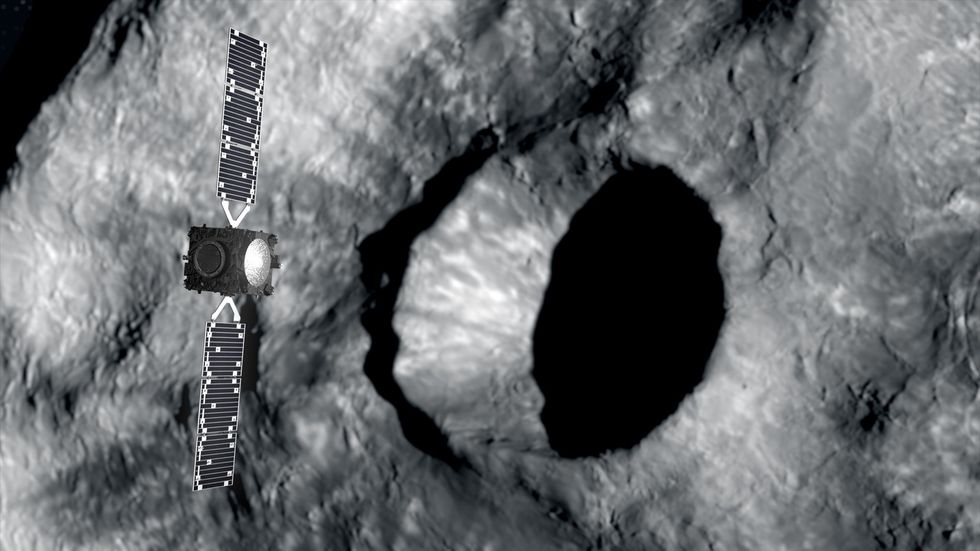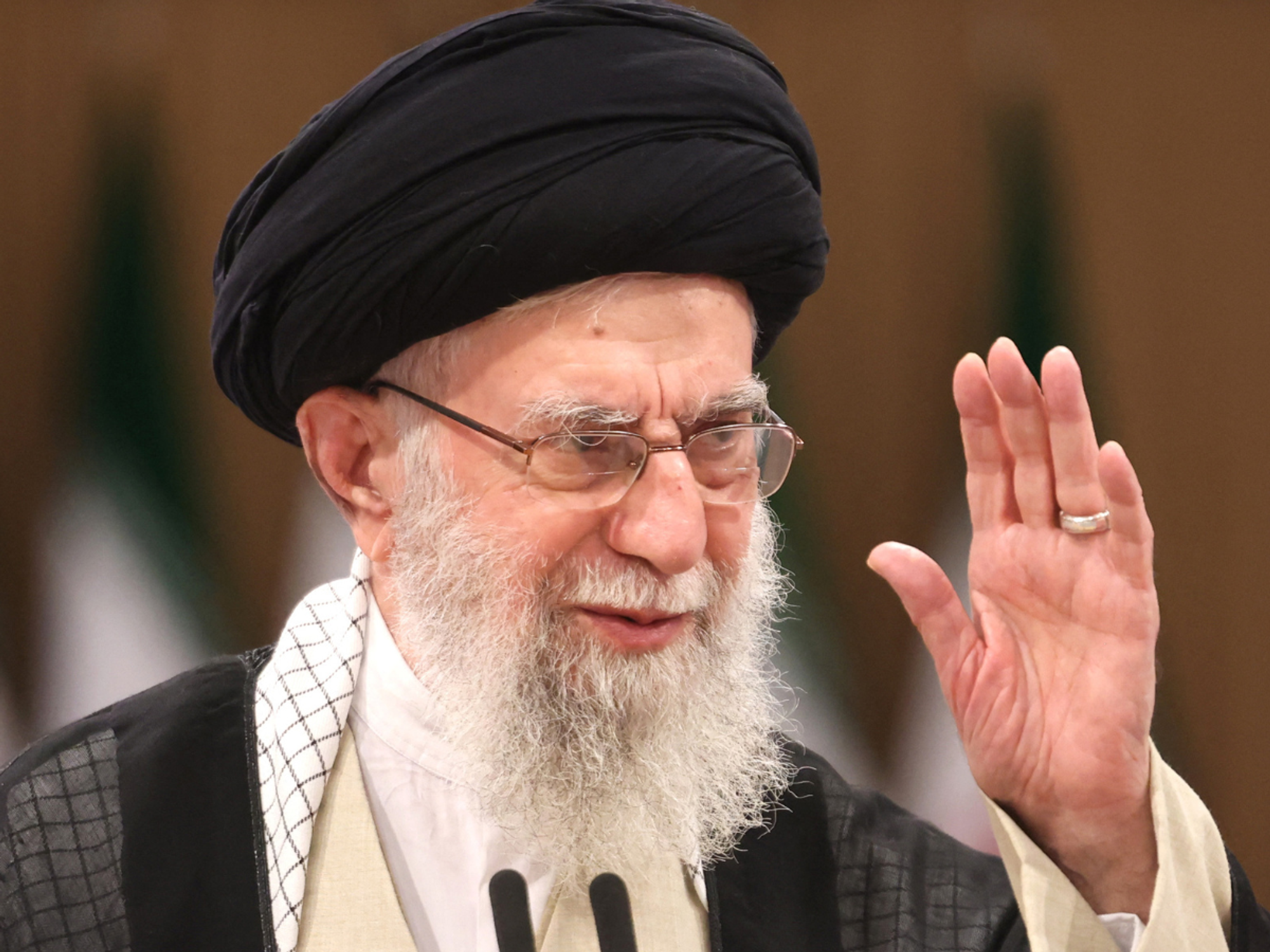UK astronomer to join 'planetary-defence mission' in major space first
The mission aims to study a small asteroid moon whose trajectory was altered in 2022
Don't Miss
Most Read
A UK astronomer will help prevent future asteroids crashing into earth, by joining ground control on the European Space Agency’s (ESA) first planetary defence mission, it has been announced.
Professor Alan Fitzsimmons, of the Astrophysics Research Centre at Queen’s University Belfast, will be at the European Space Operations Centre in Germany for a mission which seeks to analyse the first ever asteroid to be artificially redirected by humans.
The ESA Hera mission aims to study the small asteroid moon Dimorphos, whose trajectory the Nasa Dart altered in 2022 using “kinetic impactor” technology, smashing into it.
Prof Fitzsimmons, a member of the Hera Science Management Board, has been helping plan this planetary defence mission for decades.
 A UK astronomer will help prevent future asteroids crashing into earth, by joining ground control on the European Space Agency’s (ESA) first planetary defence mission, it has been announced | PA
A UK astronomer will help prevent future asteroids crashing into earth, by joining ground control on the European Space Agency’s (ESA) first planetary defence mission, it has been announced | PAHe said: “Hera is a critical step towards the day when humanity might need to deflect a threatening asteroid and is a great example of how science can be used to try to prevent loss of life as a result of dramatic, natural disasters.
“Scientists and engineers from all over the world have been involved, it’s an example of best practice in international scientific collaboration for the greater good.”
While the exact date of the mission will only be confirmed days beforehand, the Hera Spacecraft is expected to be launched into space on a Space x Falcon 9 rocket from the Kennedy Space Centre at Cape Canaveral, Florida, later this month.
It's projected to make a flyby of Mars next year, and reach Dimorphos and its parent asteroid, Didymos in 2026, when it will study the precise impact of the Nasa Dart Mission.
Scientists aim to analyse in much greater detail exactly what happened when the NASA Dart collided with Dimorphos in 2022, with the hope of learning how to deflect earth-bound asteroids in the future.
LATEST DEVELOPMENT:
Astrophysicists are constantly on the lookout for “Near Earth Asteroids”, and have found 35,000 so far, 1,657 of which are risky enough to be constantly monitored.
Although none are currently anticipated to impact Earth in the next 100 years, many more are discovered every year and there is concern they could potentially wipe out cities or countries, like the asteroid that wiped out the dinosaurs 65 million years ago.
Once it reaches the asteroids, Hera will deploy two shoebox-sized spacecraft, called CubeSats.
One of the CubeSats, Juventas, carries the smallest ever space radar, which will map the asteroids, while the other, Milani, will image the asteroids in more colours than the human eye can register.

The ESA Hera mission aims to study the small asteroid moon Dimorphos, whose trajectory the Nasa Dart altered in 2022 using “kinetic impactor” technology, smashing into it
|PA
All in all, a total of 12 instruments are planned to take data on the asteroids at close range, and scientists hope to land the CubeSats on Dimorphos at the end of their missions.
Professor Fitzsimmons said: “It will be thrilling to get the data back from the mission and to start applying it to potential asteroid threats in the future.”
This would be the first planned rendezvous with a binary asteroid in the history of space research.
As well as protecting humankind from possible extinction, the Hera mission will also test the latest European Space technologies, such as autonomous vision based navigation, and the inter-satellite links used to connect the different spacecraft.










